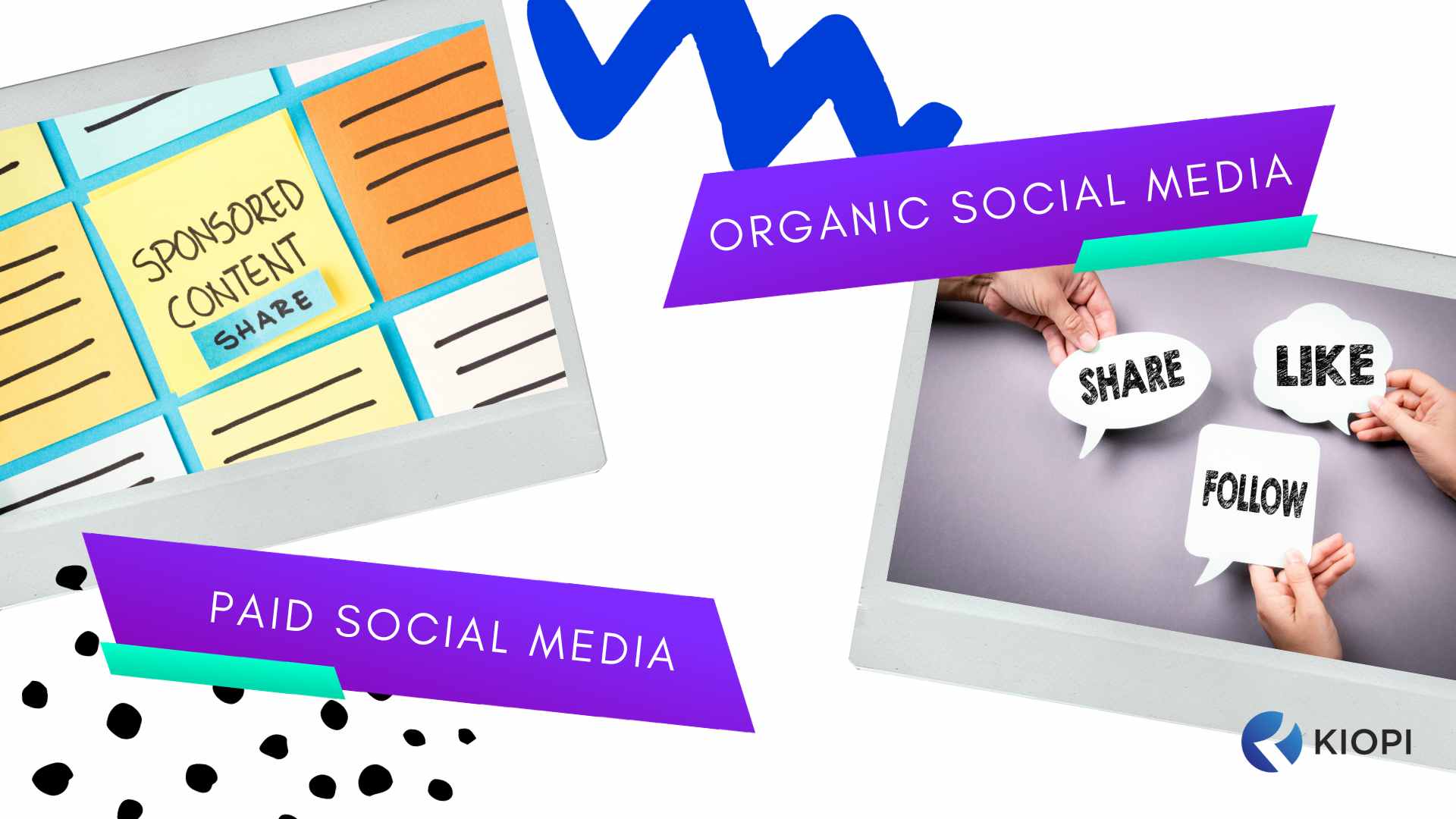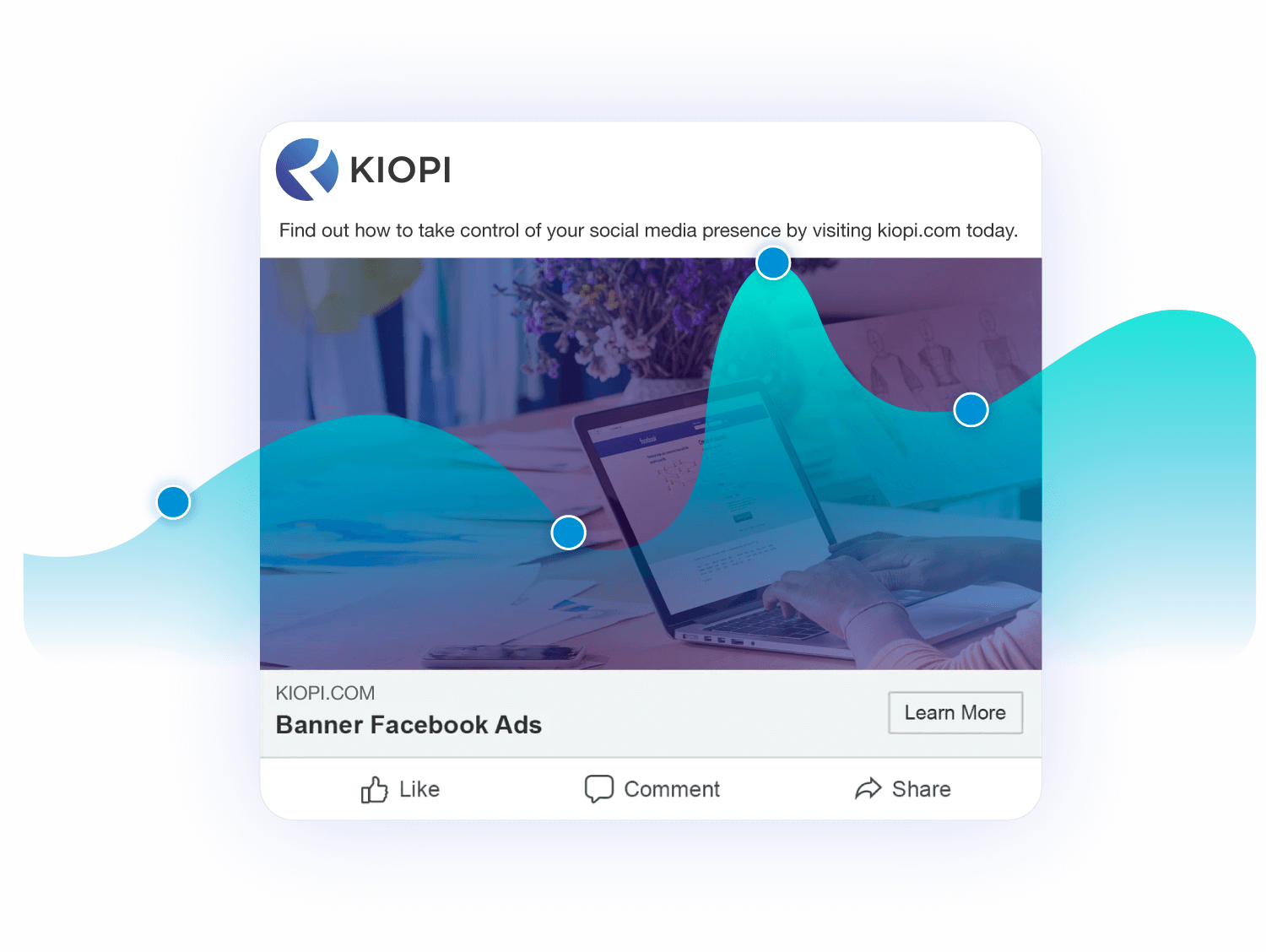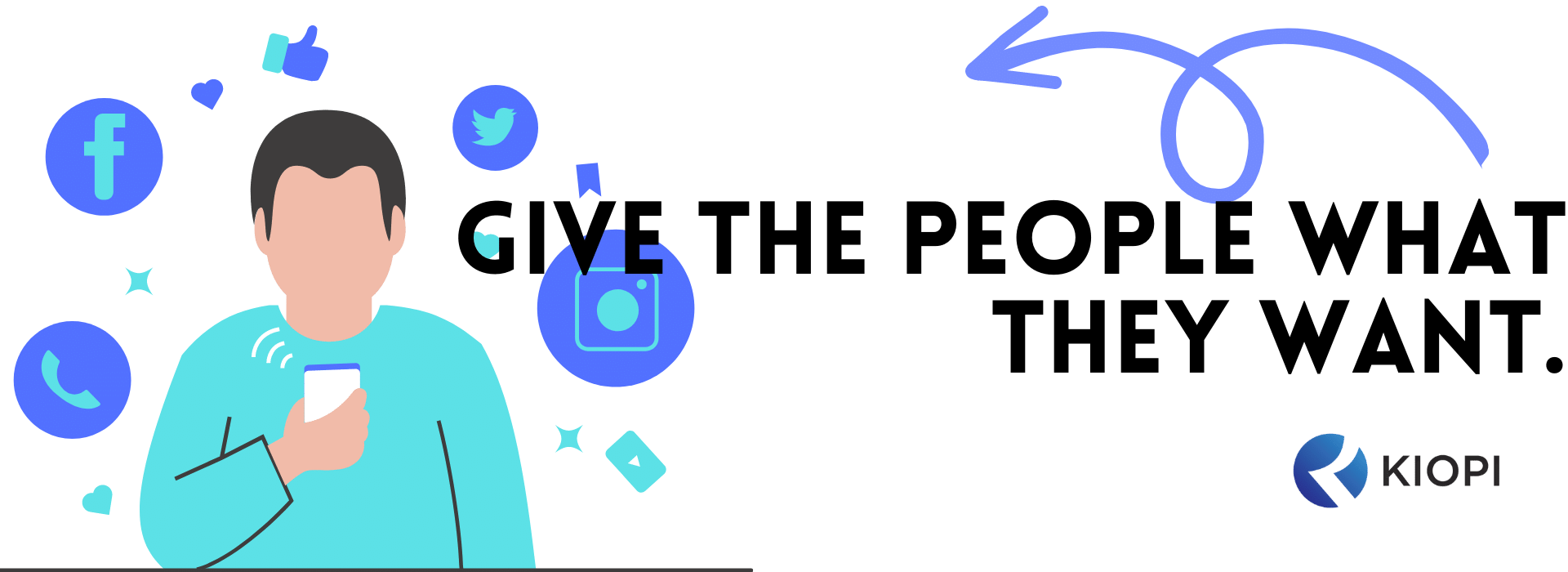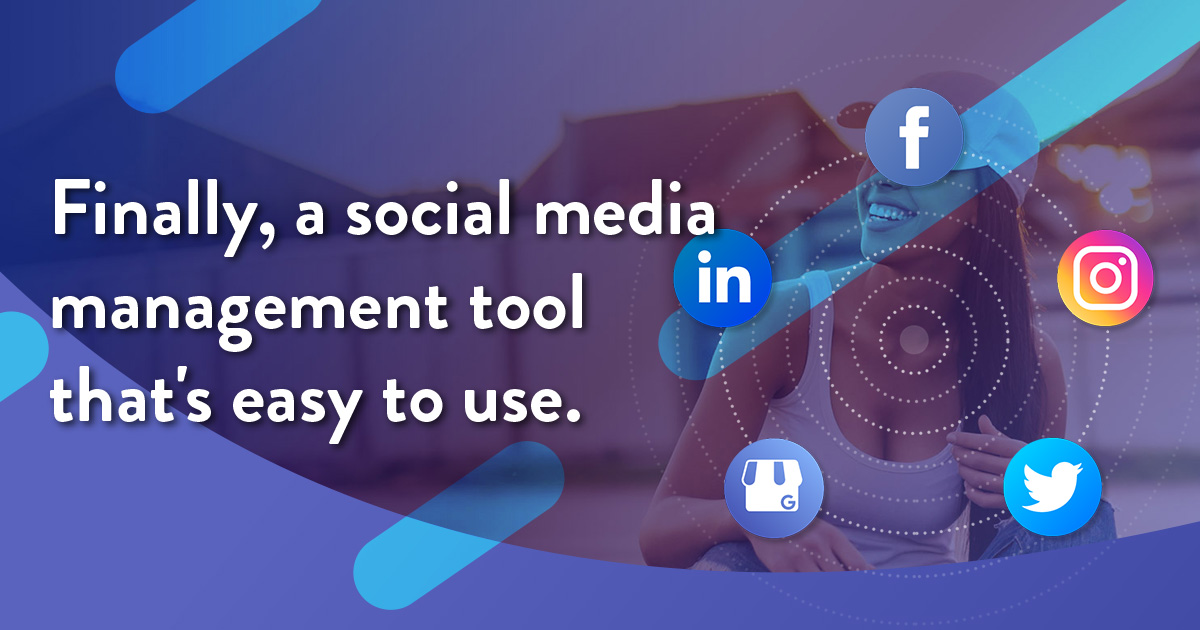Organic vs. Paid Social Media Marketing
lauryn preston
Table of Contents
Since social media is used by billions globally, debates surrounding organic vs paid social media marketing still continue amongst digital marketing professionals. Interestingly, many brands surpass established competitors through adept strategies, showcasing the immense potential of effective social media marketing.
Today, social media plays a pivotal role in promoting products and creating a sense of belonging, enthusiasm, and loyalty among consumers. Choosing between organic and paid can be the difference between fleeting online interactions and building lasting brand relationships.
Understanding The Basics of Paid and Organic Social Media Marketing

Social media marketing has evolved quite rapidly with the rise of digital platforms, leading to the prominent debate of paid social vs organic social media strategies.
On one hand, organic social media marketing focuses on developing niche loyal followings by creating genuine content that drives natural engagements.
On the other hand, paid social ads enable brands to leverage sponsored content, targeted ads, and influencer marketing tools to reach audiences beyond their followers, helping brands surpass established competitors more swiftly.
To navigate a company’s paid social campaigns and organic social strategies, businesses must understand the strengths and limitations of each approach. By blending the immediacy of paid social promotions with the authenticity of organic social media growth, brands can harness the full potential of social media marketing.

Defining Organic Social Media: The Unpaid Effort
Organic social media marketing represents genuine online interactions since organic posts rely on unpaid efforts that go into nurturing relationships on social media platforms.
If executed correctly, a company’s organic social strategy authentically connects with audiences without the push of paid social promotions. A thorough organic social strategy delves deep into an understanding of a loyal audience and extends to creating tailored content to drive engagement.
While the organic reach often grows more slowly, the benefits of organic social media marketing offer a more sustainable approach.
Breaking Down Paid Social Media: The Investment Side
Paid social represents the investment-driven facet of social media marketing and typically includes social posts that brands pay for. Unlike a company’s organic social strategy, a company’s paid social campaigns are strategically designed to amplify reach.
Social ads enable brands to reach targeted audiences with sales pitches, so a key component of this strategy is determining the benchmark for ad spend to optimize return on investment.
It’s crucial that brands successfully navigate paid strategies to leverage the full potential of this powerful social media marketing tool for business.
Paid Social vs Organic: Unveiling the Key Differences
Ongoing debates, like organic search vs. paid social media strategy, revolve around the fundamental difference in approach, and the debate of paid social vs. organic social media marketing is pivotal for the future of digital marketing, as a whole.
Organic posts rely on natural growth, while paid social ads leverage investments to place posts that brands pay for in front of targeted audiences while managing acquisition costs.
When we explore paid social vs. organic, we see that one offers immediacy and helps precision targeting their audiences while focusing on long-term engagement. However, a balanced approach is key.
Bombarding audiences with sales-driven content can be off-putting, making the blend of paid social vs. organic social content vital for brand growth.
Ultimately, paid social vs. organic isn’t about choosing one over another but integrating both for maximum impact.

Benefits of Organic Social Strategies
A thorough organic social strategy offers a plethora of advantages.
The authenticity of organic posts allows brands to build loyalty over time. Through organic social creating, brands can tailor their content to reflect genuine values to grow their organic reach.
Furthermore, organic social media campaigns using custom hashtags can position the brand at the forefront of trending conversations. Coupling a brand’s personality with engaging graphics further amplifies the appeal, making organic social media strategies invaluable.
Benefits of Paid Social Ads

With strategic social media marketing budgets, the power of paid comes to the forefront, enabling brands to tap into vast social media networks and see an instant boost in conversions.
Paid social campaigns echo the brand’s value proposition, resonating with targeted audiences swiftly.
Creating a paid social campaigns experiment allows businesses to gain insights required to refine strategies. This targeted approach helps brands reach audiences beyond their followers and engage these broader audiences while managing acquisition costs efficiently.
Creating a Hybrid Strategy
Combining authentic, organic social media with the targeted precision of paid ads is the essence of social–creating a hybrid social media marketing strategy.
While a brand’s organic efforts build relationships and guard against overwhelming audiences with sales pitches, they can use paid campaigns to reinforce offerings to target audiences near their store locations.
This fusion aims to boost ROI by drawing in a wider audience without feeling solely influenced by advertising dollars and prioritizing customer acquisition costs.
The dance between organic vs. paid social media is a delicate one. By intertwining paid and organic social strategies, brands ensure a comprehensive approach to social media marketing.
How Brands Successfully Navigate Paid and Organic Social Platforms
Today, the number is steadily declining for organic reach on many platforms, so brands must fine-tune marketing efforts to determine the right balance between paid and organic social tactics. The benefits of organic social media lie in its ability to cultivate a loyal audience and extend a brand’s authenticity.
On the flip side, the benefits of paid social media include precision targeting their audiences and ensuring content is seen by those most likely to convert.

Strategies to Balance Your Brand's Social Presence
Combining the power of social media marketing and social media advertising is pivotal for growth. By fostering genuine interactions and amplifying their reach, brands that can navigate paid and organic traffic ensure that a wider audience can be receptive to their messages and values.
Metrics and Essential KPIs for Social Media Marketing
Navigating the complex landscape of organic vs. paid social media, it becomes imperative for brands to focus on crucial metrics and essential KPIs, such as customer acquisition, remarketing retention, and customer acquisition costs (CAC) by monitoring social media traffic.
By prioritizing customer acquisition costs, brands can optimize strategies to maximize reach while minimizing expenses. While strategies designed to effectively lower CPC costs ensure a higher return on ad spend.
Many businesses need to achieve relatively low PPC costs, and with the right insights, brands can ensure their social campaign elements are both cost-effective and impactful.
The Future of Social Media Marketing
Social media marketing has evolved quite a bit, and the future of social media marketing promises even more transformative changes. As social media platforms introduce and refine their tools, businesses are leveraging new shopping features to directly convert social interactions into sales.
The debate of organic search vs. paid strategies will remain a focal point as brands aim to find the most effective balance for creating a hybrid strategy.
The Convergence of Paid and Organic Social in Brand Strategies
Developing niche loyal followings should be a goal for every business. The convergence of paid social and organic strategies has reshaped the blueprint for effective social media marketing.
For example, brands like Dollar Shave Club have grown by becoming incredible storytellers and captivating audiences with authentic content. While a brand, like Publix, a liquor store, uses geographic targeting to harness the power of paid social campaigns to reach legally-aged consumers who are near their store locations that sell liquor.
Churches use social media posts to organically grow attendance for weekly services, while their paid social campaigns echo those same beliefs while spreading awareness for larger events.
The seamless blend of these social media marketing strategies, including customer acquisition remarketing, has led to a holistic approach where brands can engage, convert, and retain customers with a unified voice.

Social Media Tools to Help Your Brand Stay Ahead: Introducing Kiopi’s Solutions
In the competitive realm of social media marketing, brands are constantly searching for an edge. One way to gain this advantage is through leveraging the right tools. While numerous free social media tools exist, Kiopi’s social media management solutions stand out as a premier choice for businesses that NEED social media growth.
Kiopi’s social media posting service not only helps brands develop free campaigns using intuitive design tools but also enhances the process of free campaigns using custom features tailored to a brand’s specific needs.
By bridging the gap between paid and organic social media strategies, Kiopi’s social planning tools, such as the content calendar and social media measuring tools, provide a comprehensive platform that helps many brands surpass established marketing plateaus.
